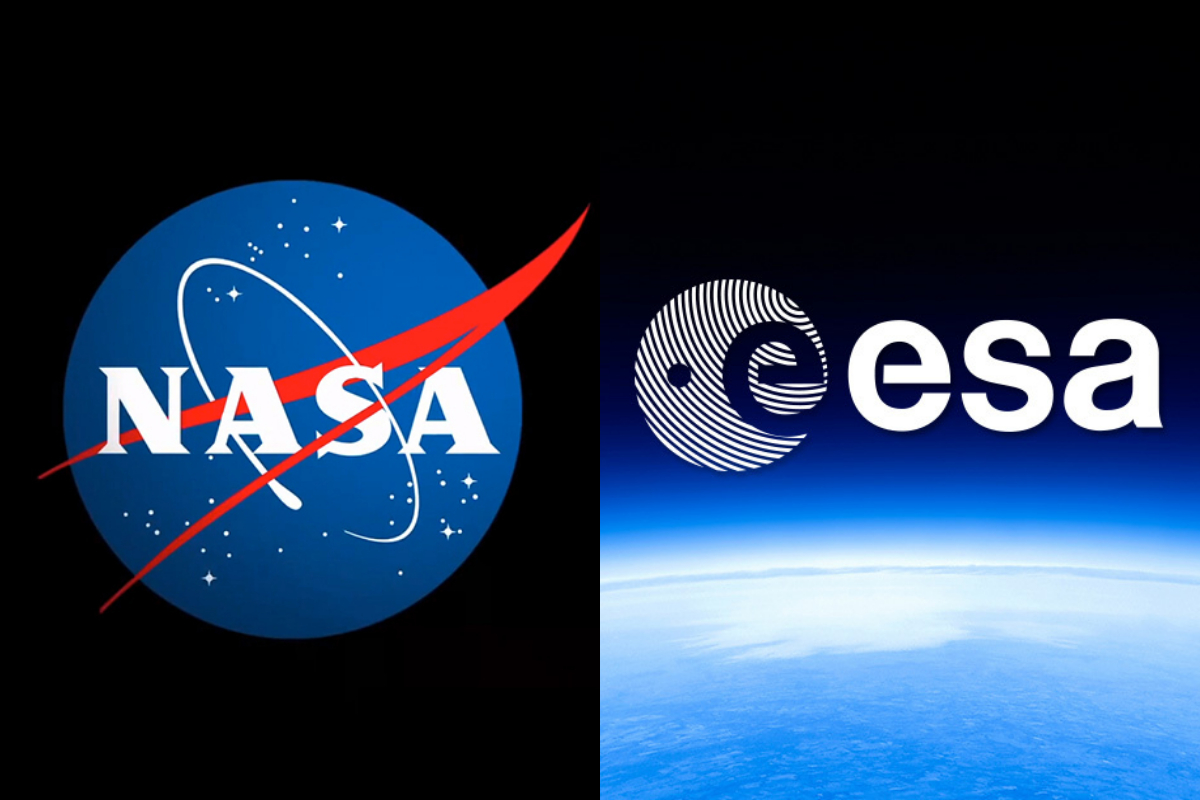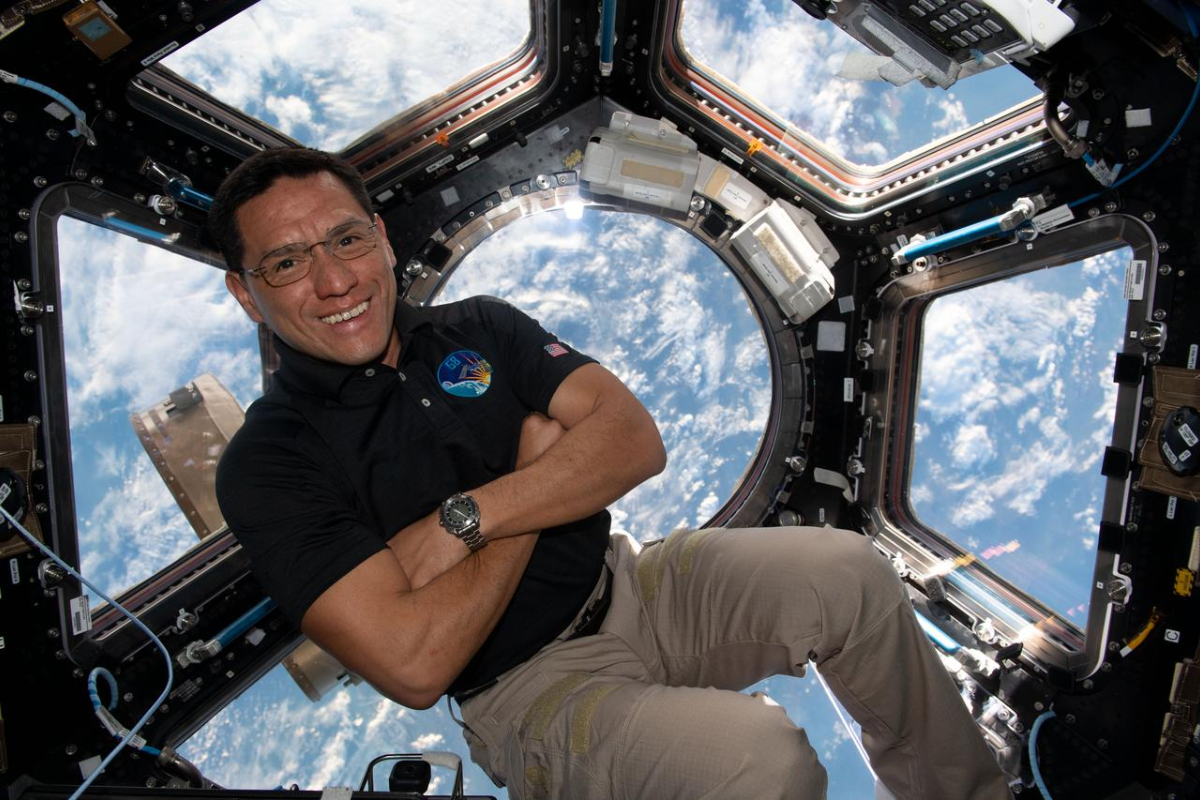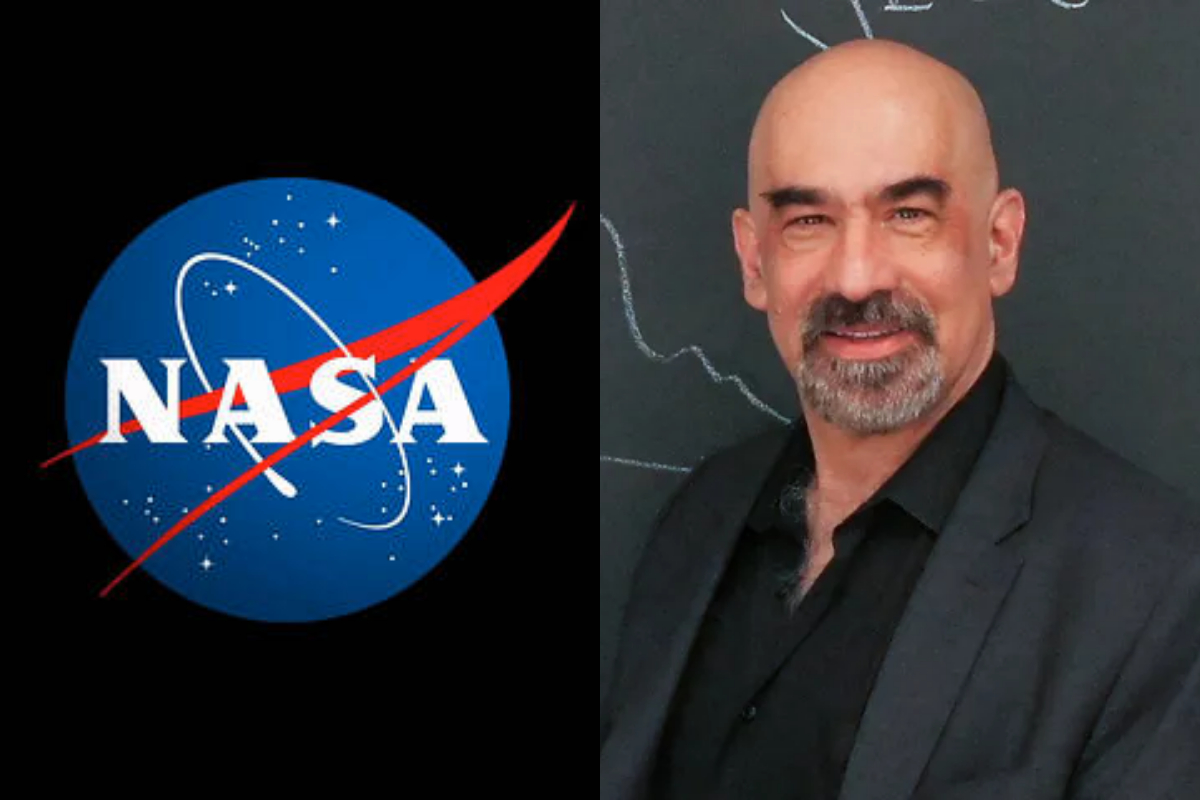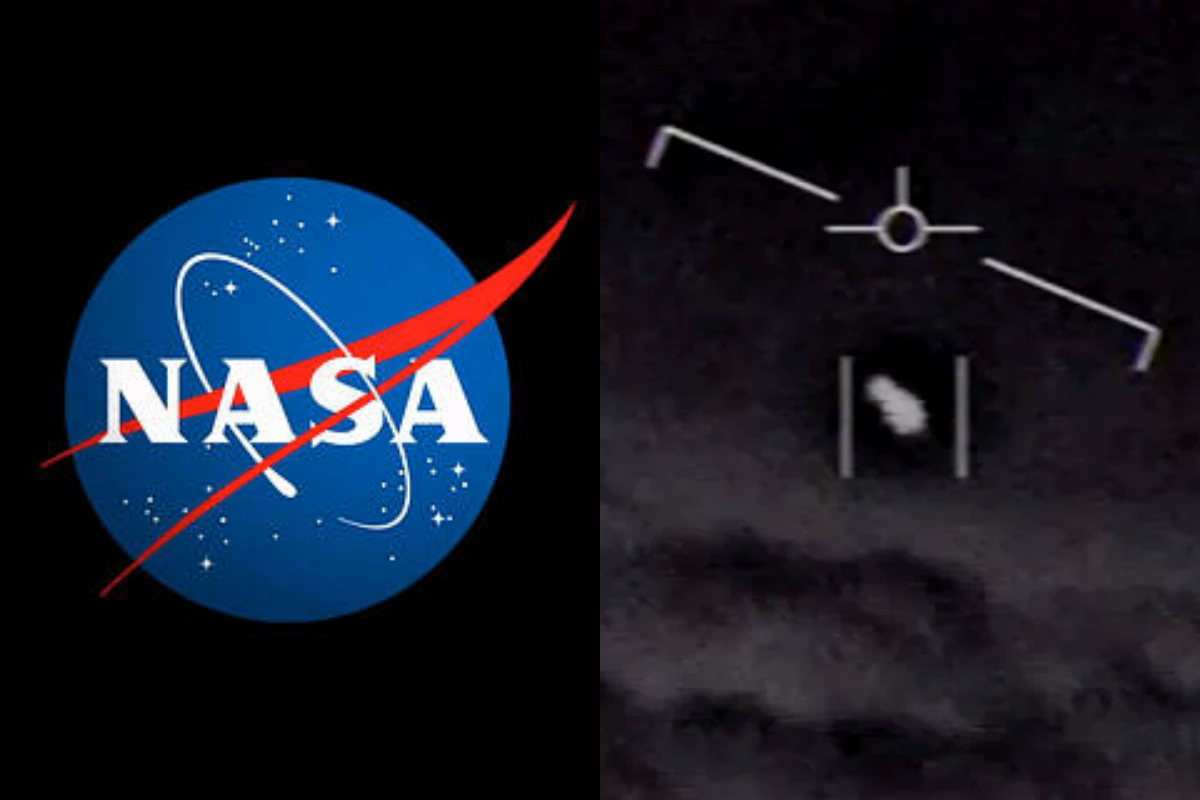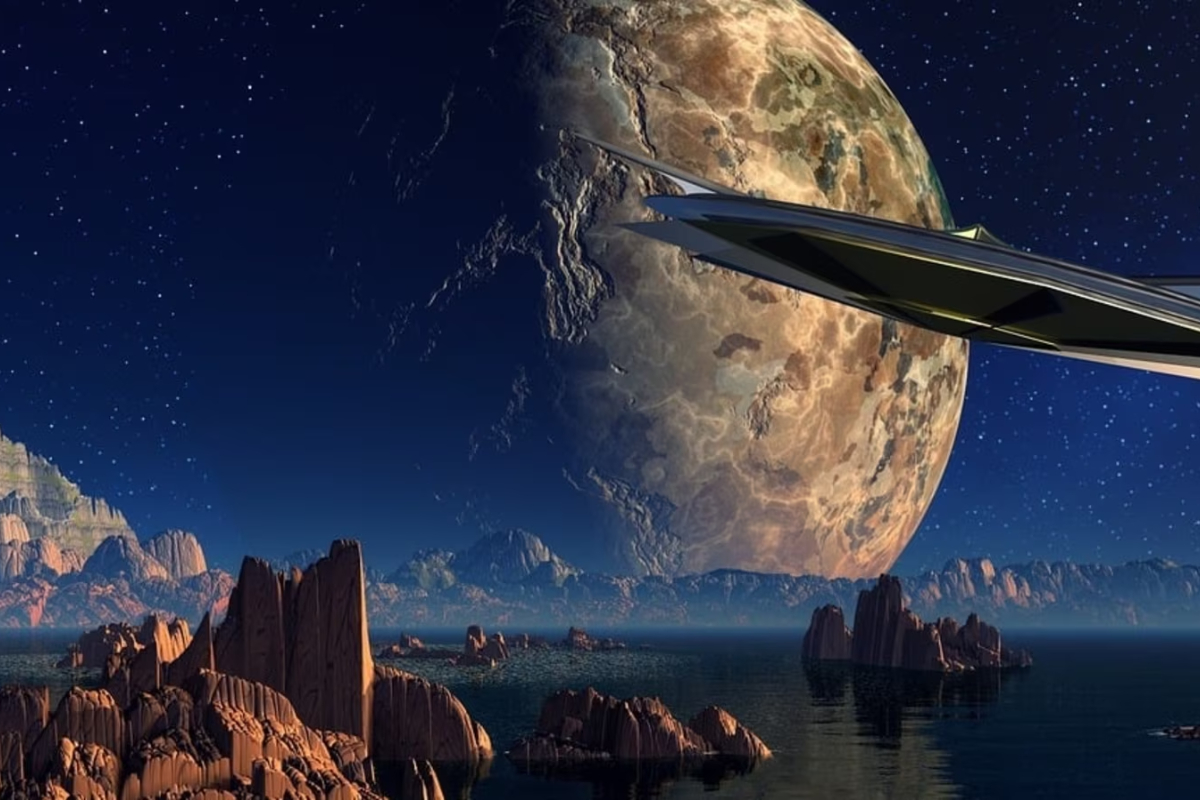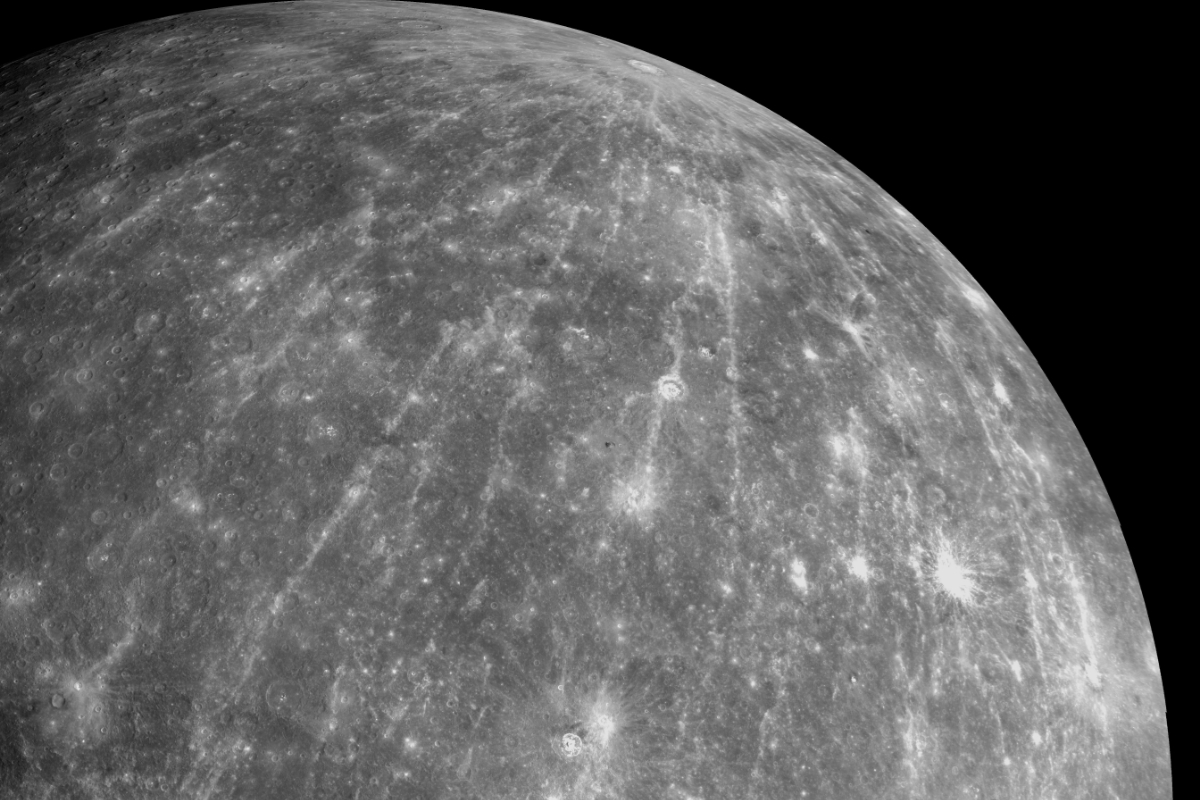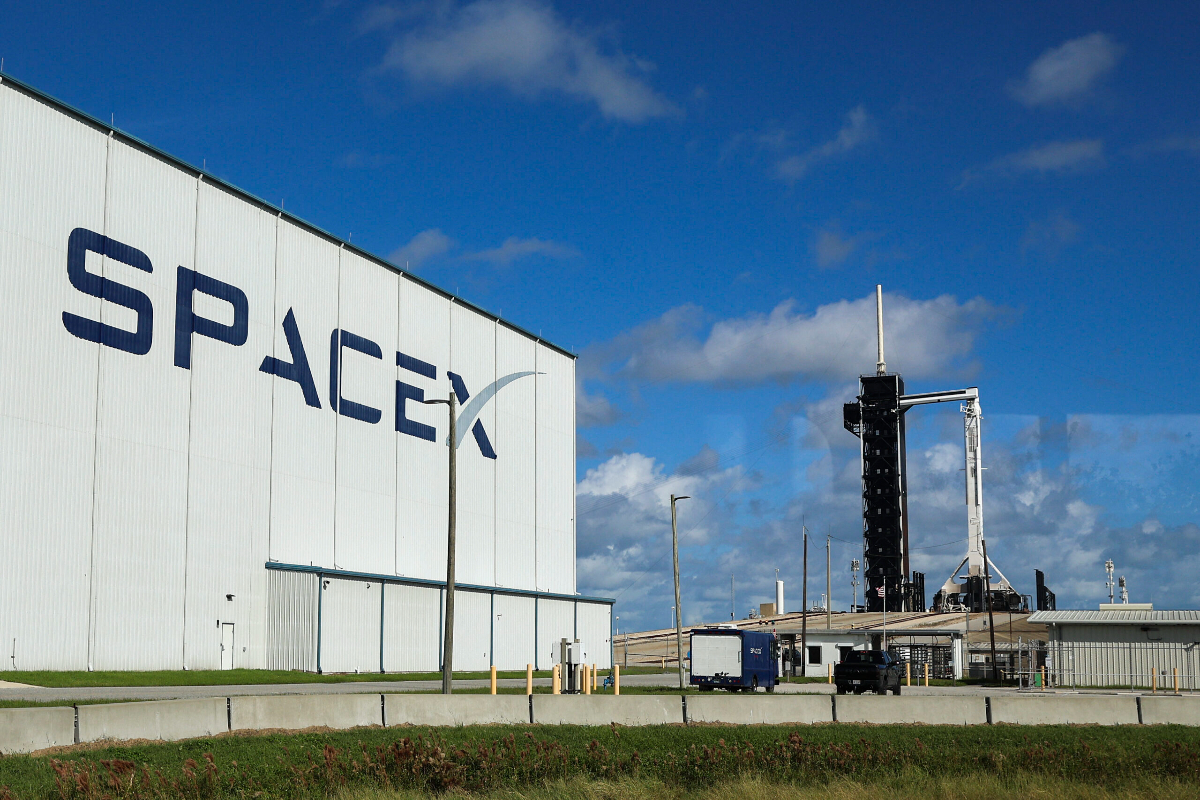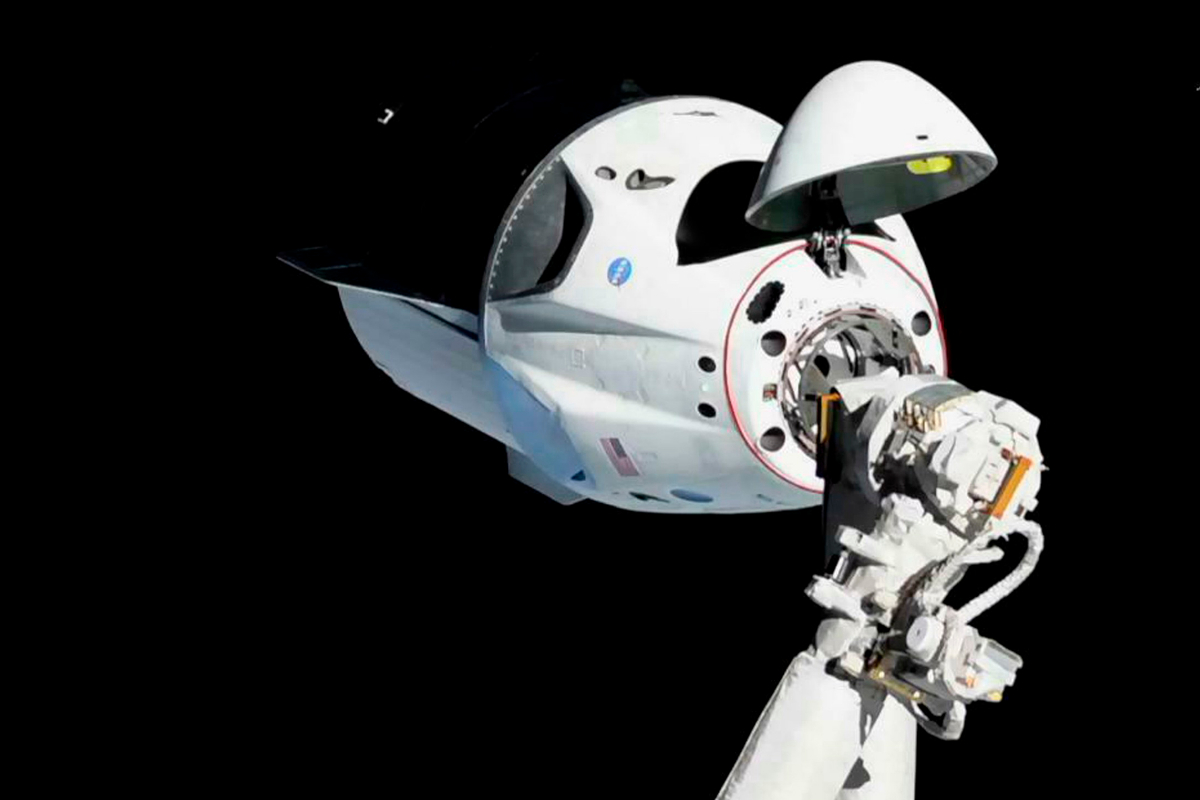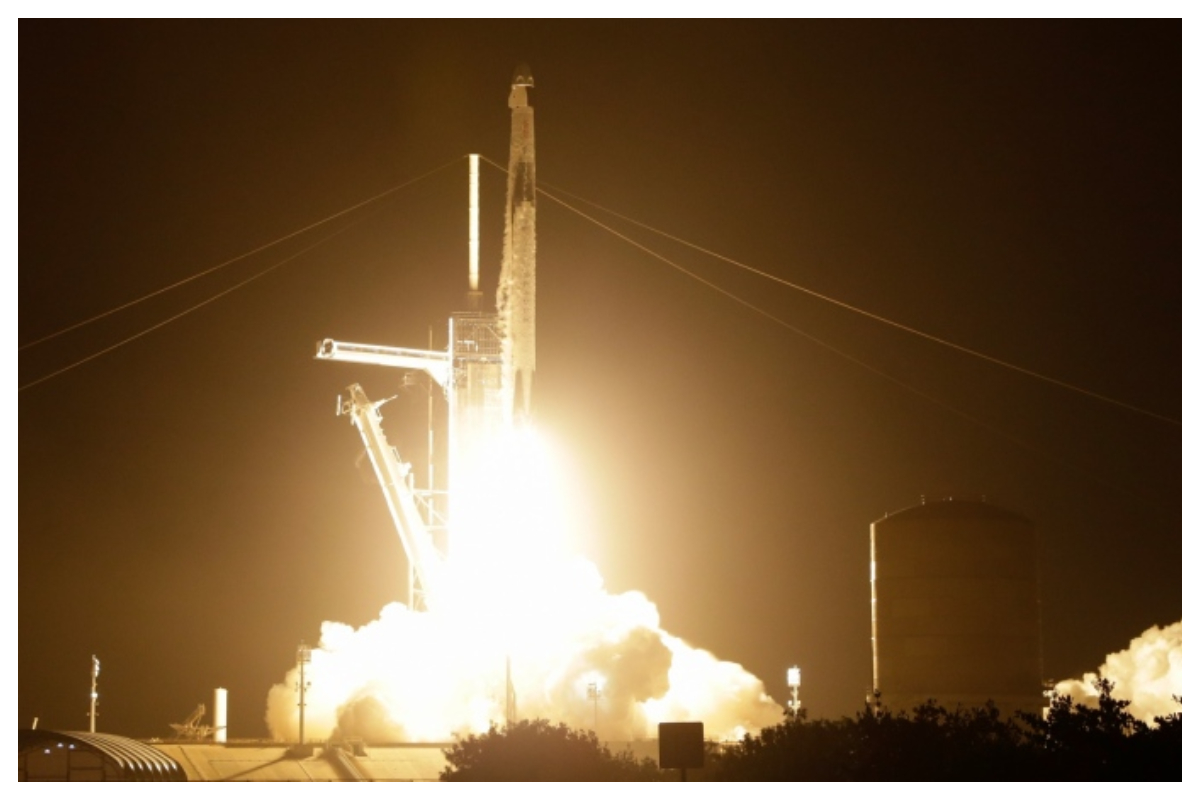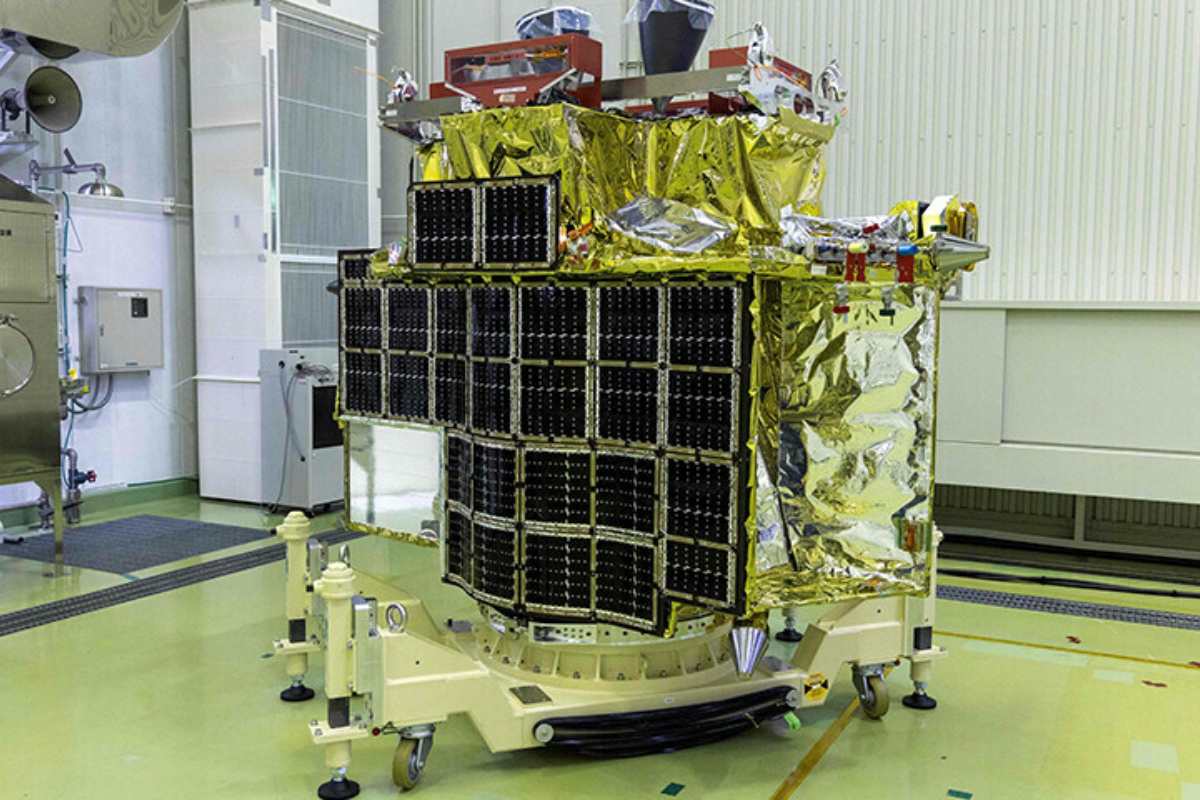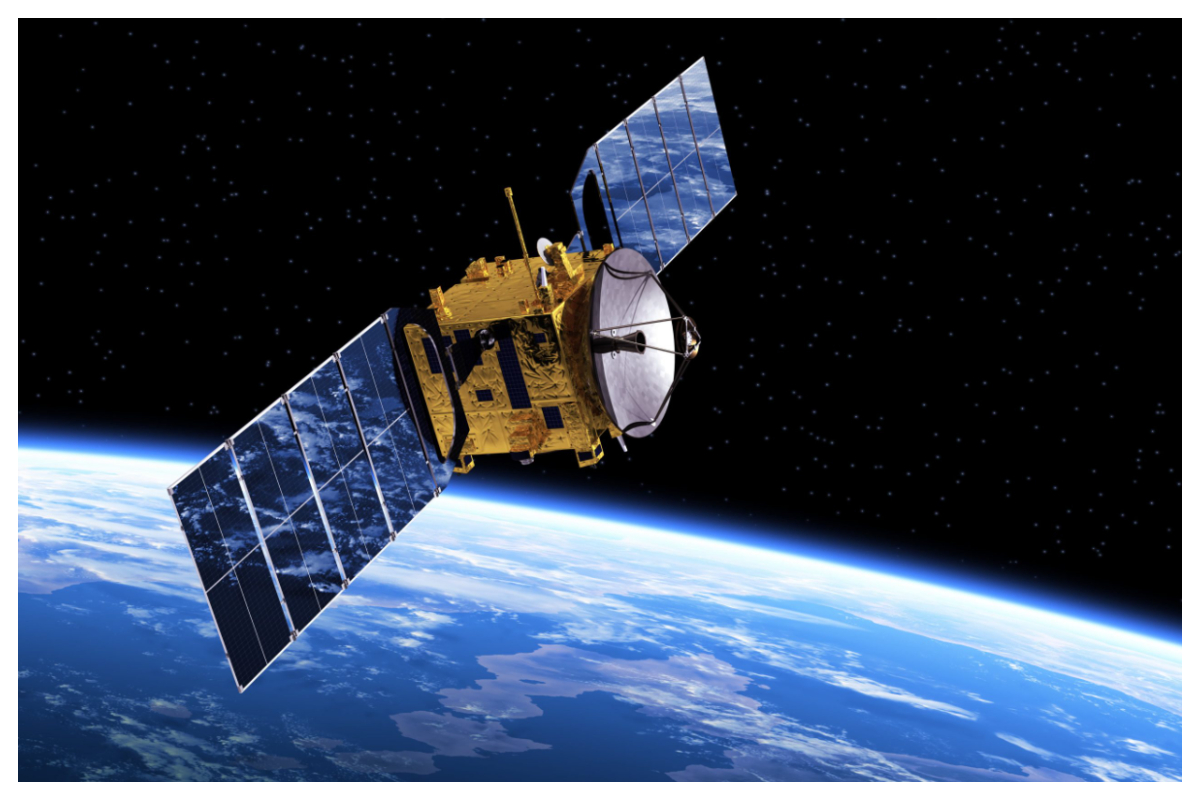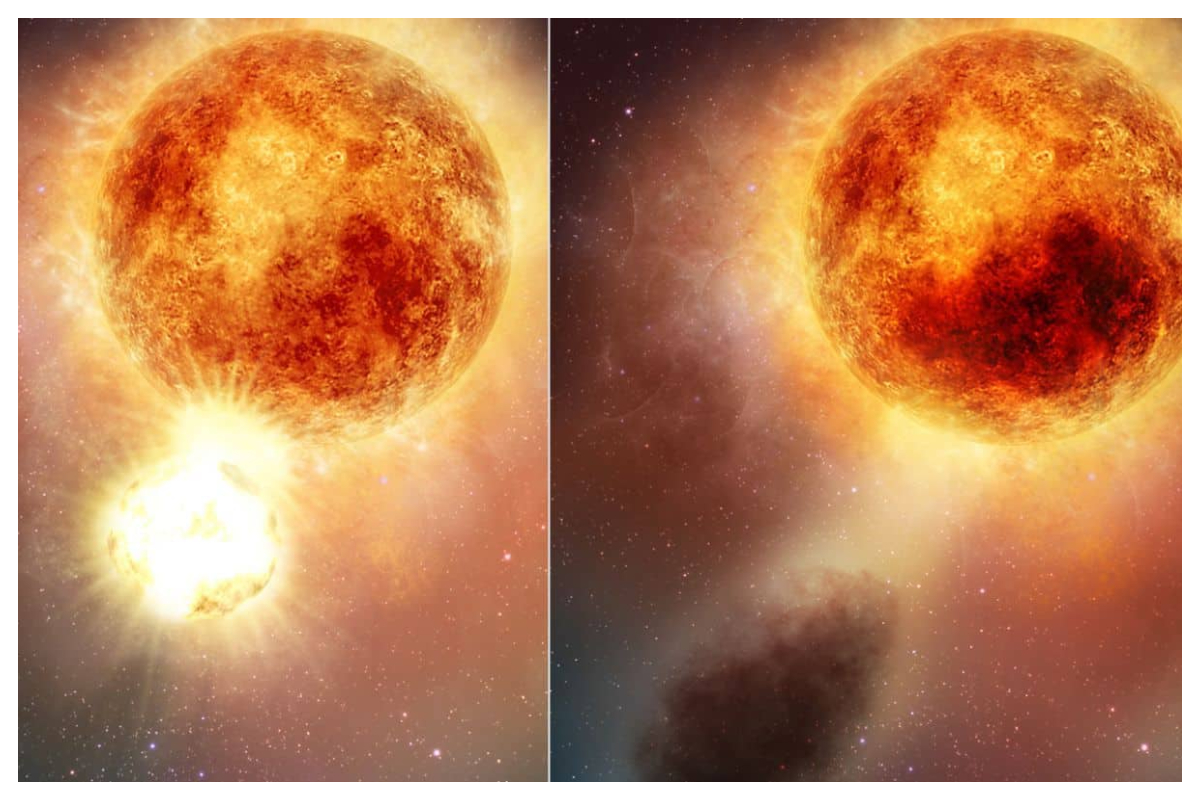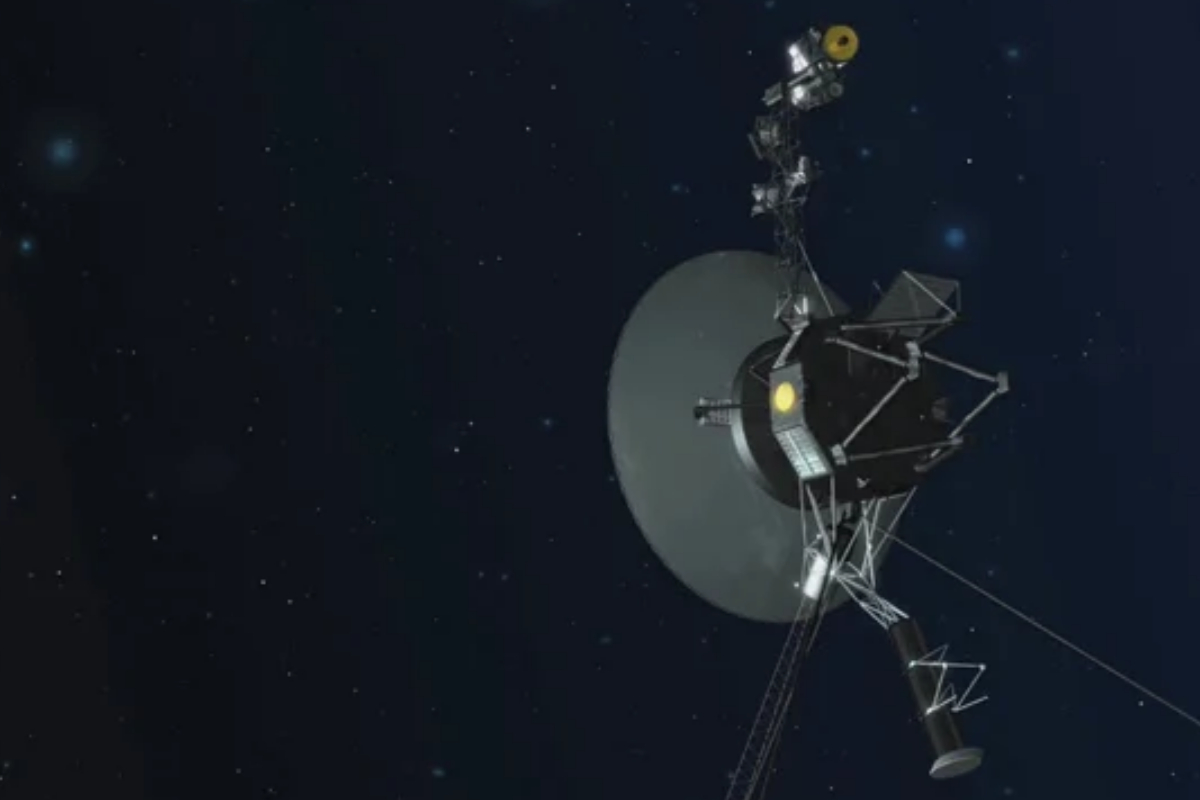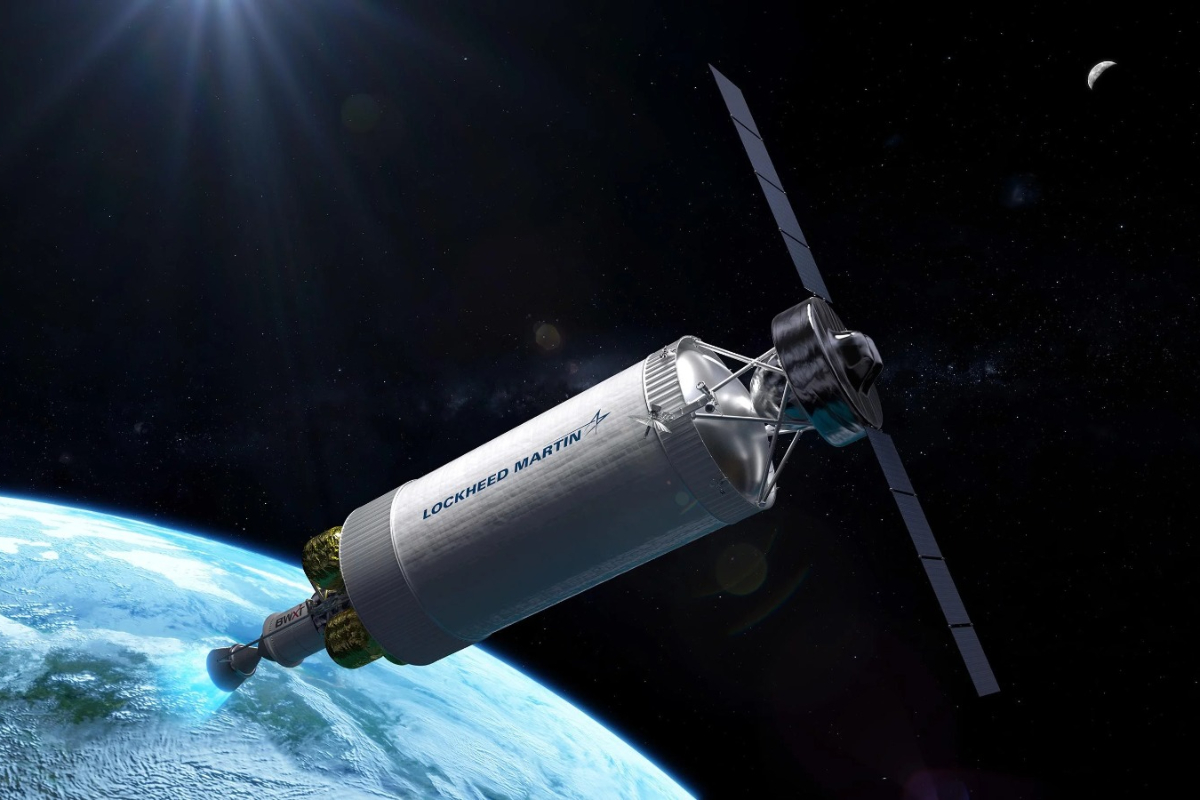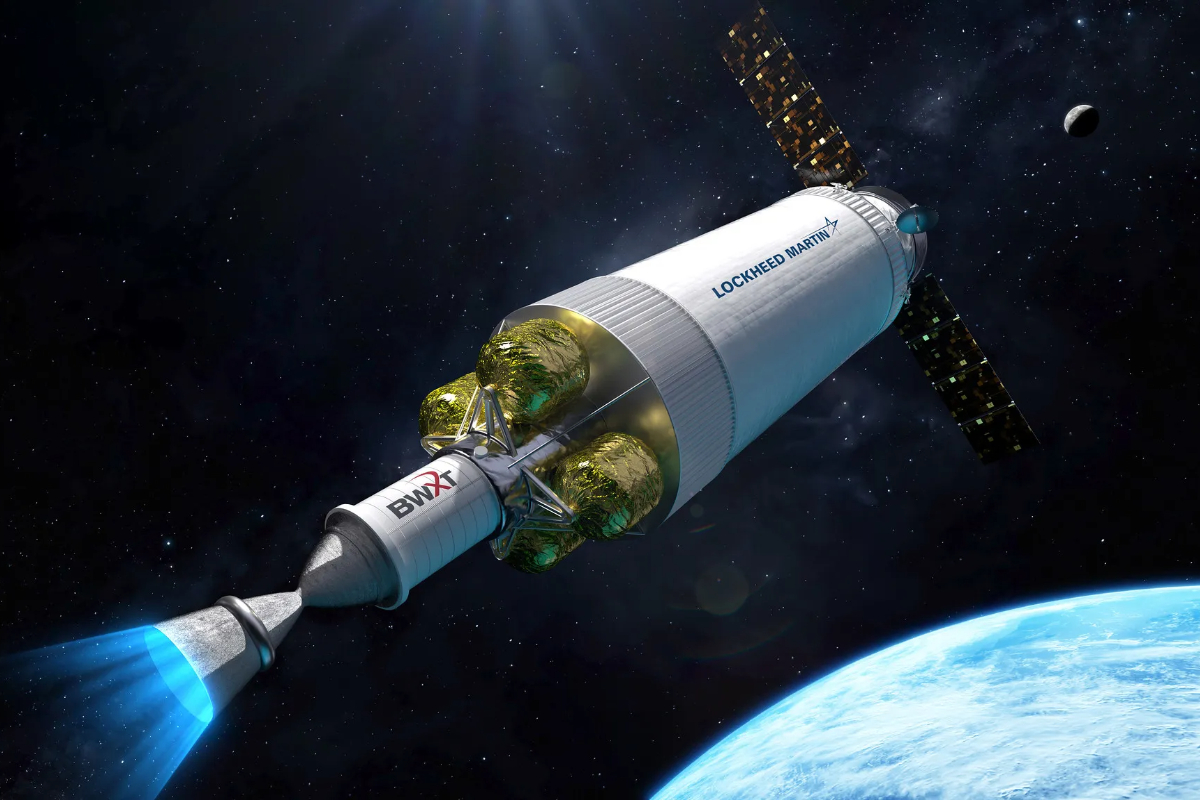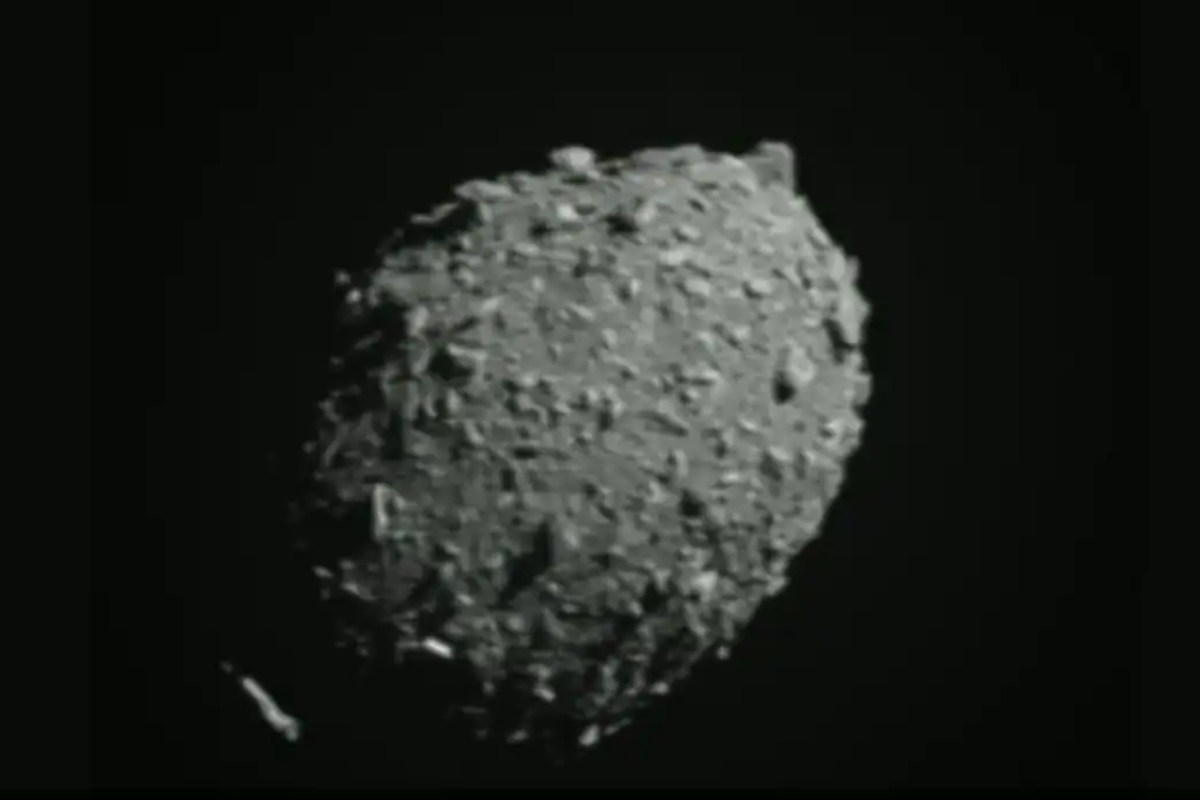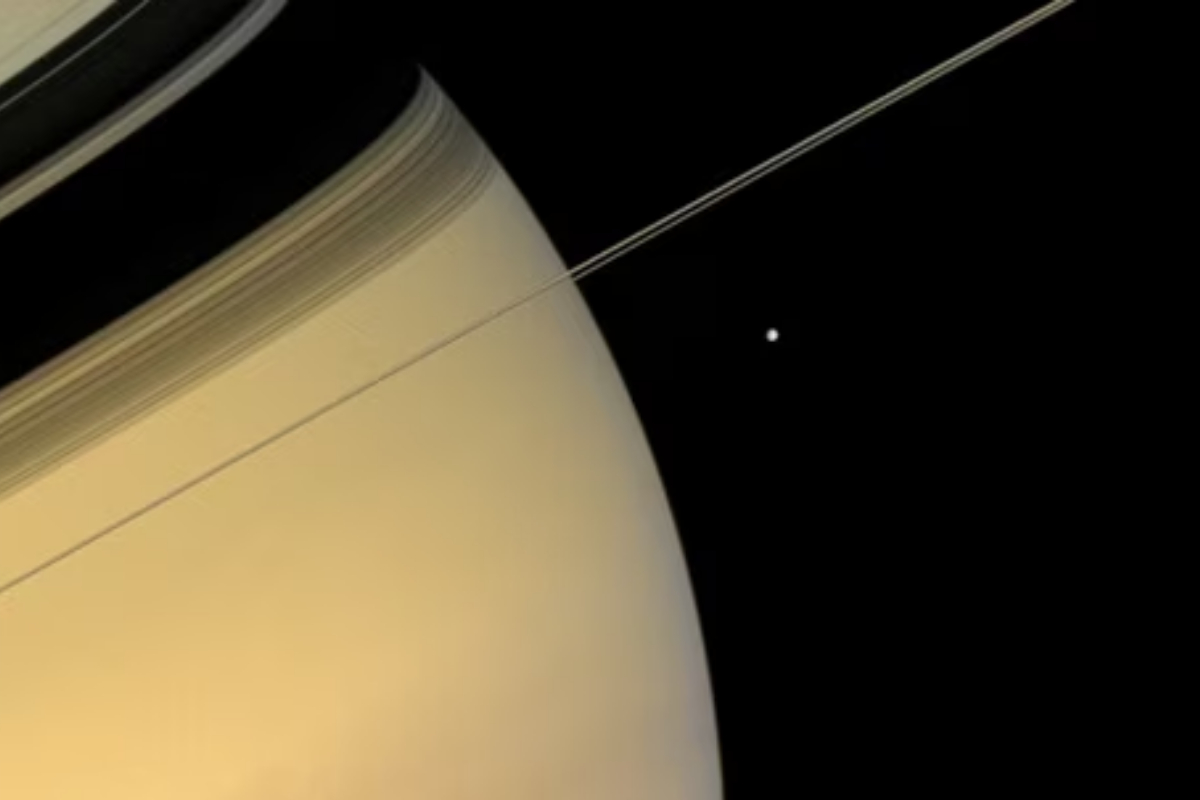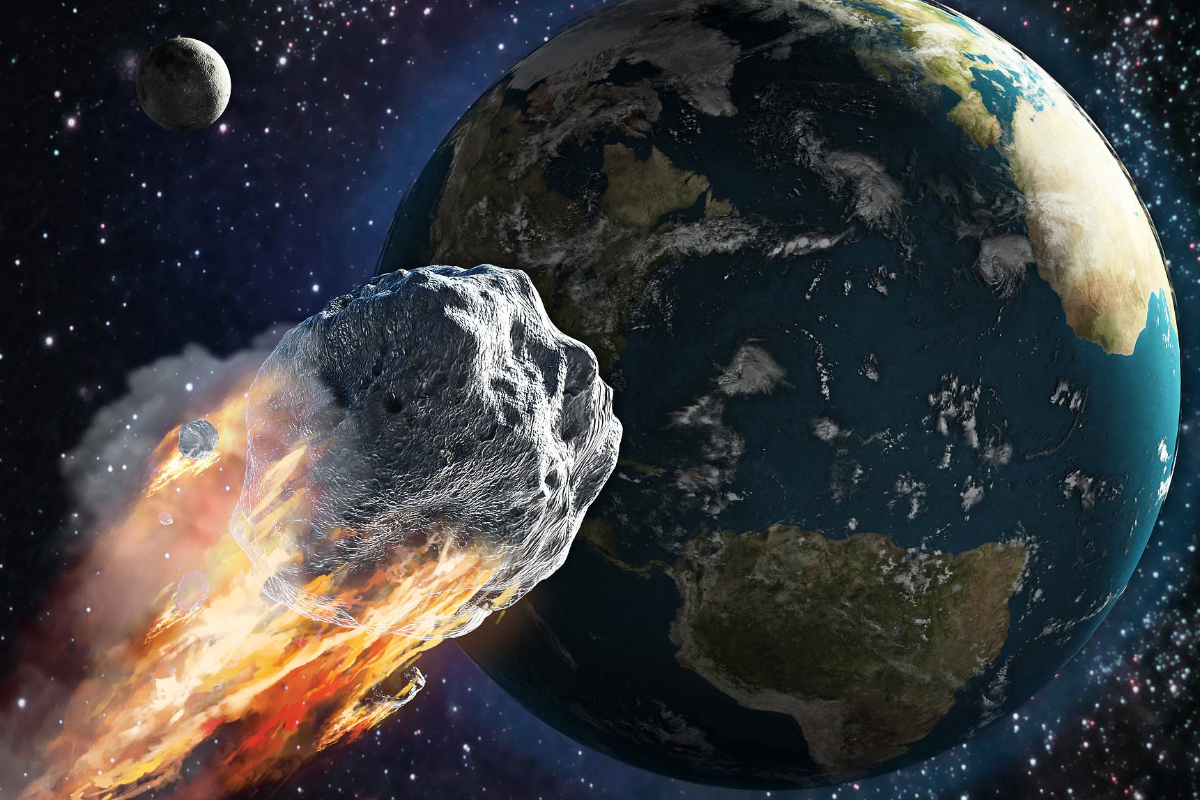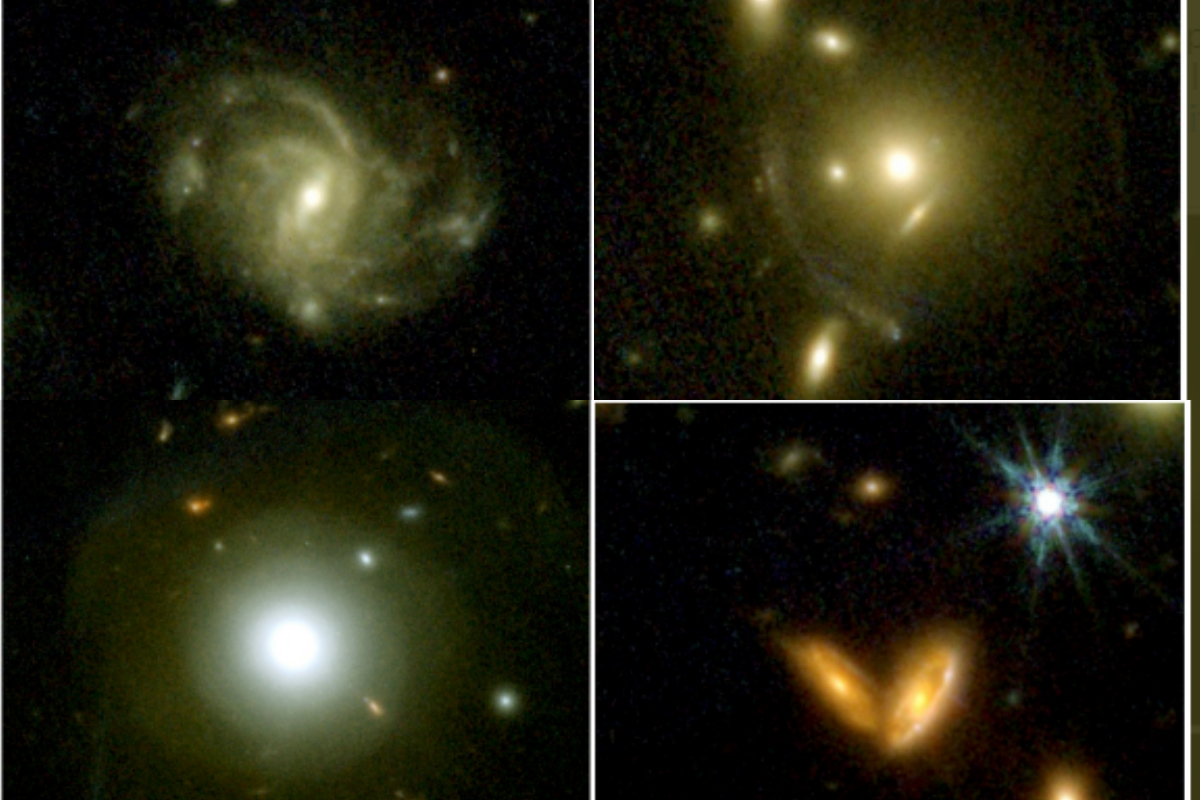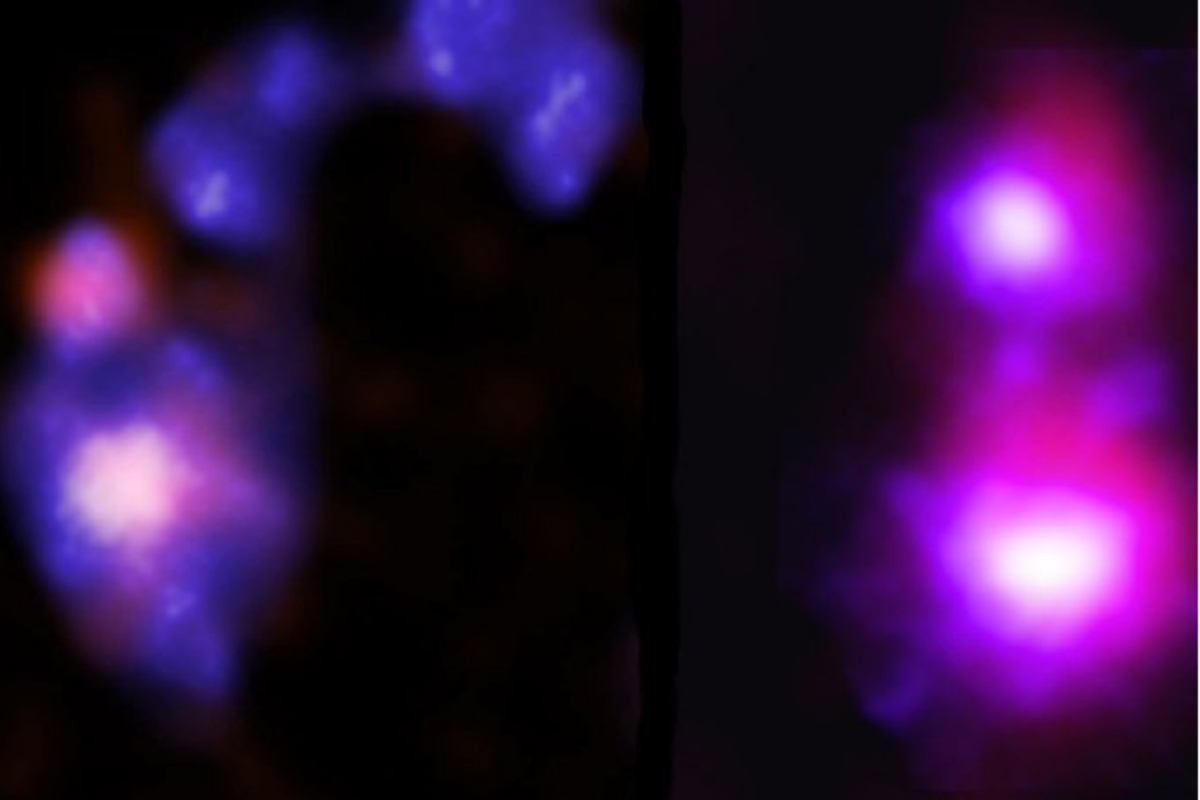The US Department of Defense agency and NASA have selected Lockheed Martin, a prominent weapons manufacturer, to lead the groundbreaking Demonstration Rocket for Agile Cislunar Operations (DRACO) project, with a contract valued at approximately $500 million.
The ambitious endeavor aims to revolutionize space exploration by developing a nuclear-powered spacecraft with nuclear thermal propulsion (NTP) engines.
The vision for the project involves creating a faster and more efficient propulsion system, where nuclear-powered rocket engines transfer heat from a reactor to hydrogen propellant to generate thrust.
This advancement holds the potential to significantly reduce transit times between destinations, crucial for protecting crew members from radiation exposure during human missions to Mars.
Kirk Shireman, Vice President of Lunar Exploration Campaigns at Lockheed Martin Space, expressed enthusiasm about the project’s potential: “These more powerful and efficient nuclear thermal propulsion systems can provide faster transit times between destinations. Reducing transit time is vital for human missions to Mars to limit a crew’s exposure to radiation.”
Lockheed Martin will collaborate with BWX Technologies, based in Virginia, to develop the nuclear fission reactor for the engine. The Department of Energy will contribute high-assay low-enriched uranium (HALEU) fuel for the reactor.
The DRACO project aims to achieve the first-ever in-space demonstration of nuclear thermal propulsion.
Previous attempts, like NASA’s NERVA program in the 1960s and 70s, focused on nuclear-powered rocket engines for deep-space missions, but no operational flights were conducted.
Safety remains the top priority, and Lockheed Martin emphasized that the reactor will remain inactive until the spacecraft reaches a nuclear safe orbit, ensuring the system remains benign until it reaches a secure environment.
Tabitha Dodson, program manager for the DRACO program at DARPA, further explained, “A reactor that has never been turned on is cold and benign. You can put your hand right inside the core and touch the fuel like you would any other heavy metal.”
However, concerns have been raised about potential operational failures during launch or in space. A launch failure could result in the spacecraft plunging into the ocean, posing risks of radioactive material dispersion.
[embedpost slug=”man-escapes-seagull-chase-while-eating-chips”]

